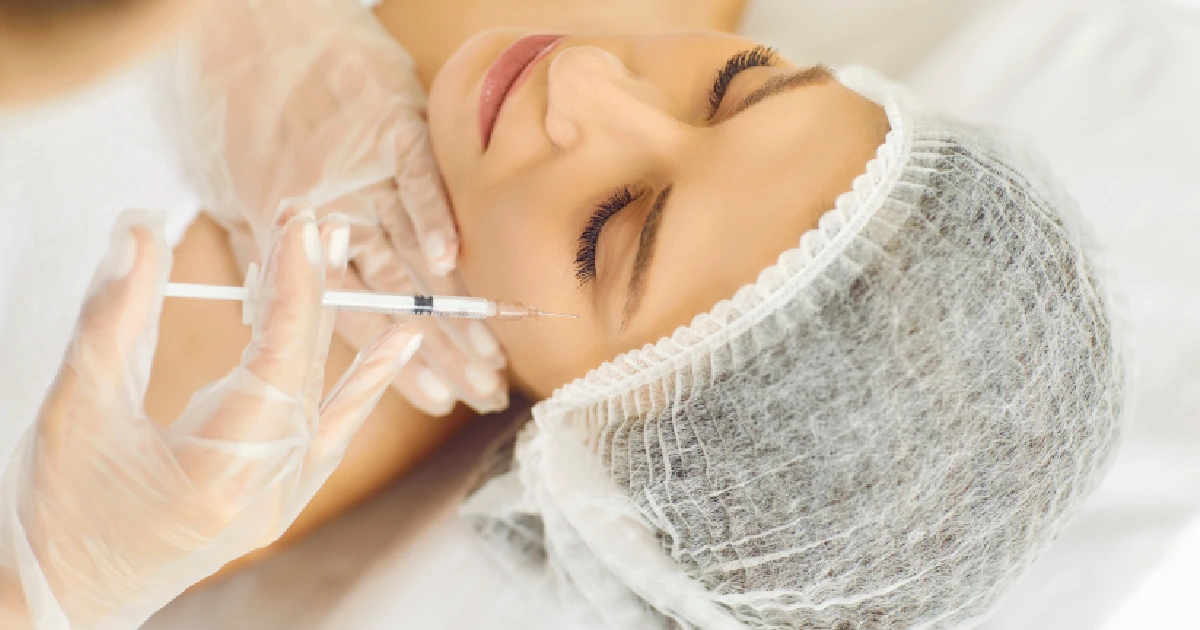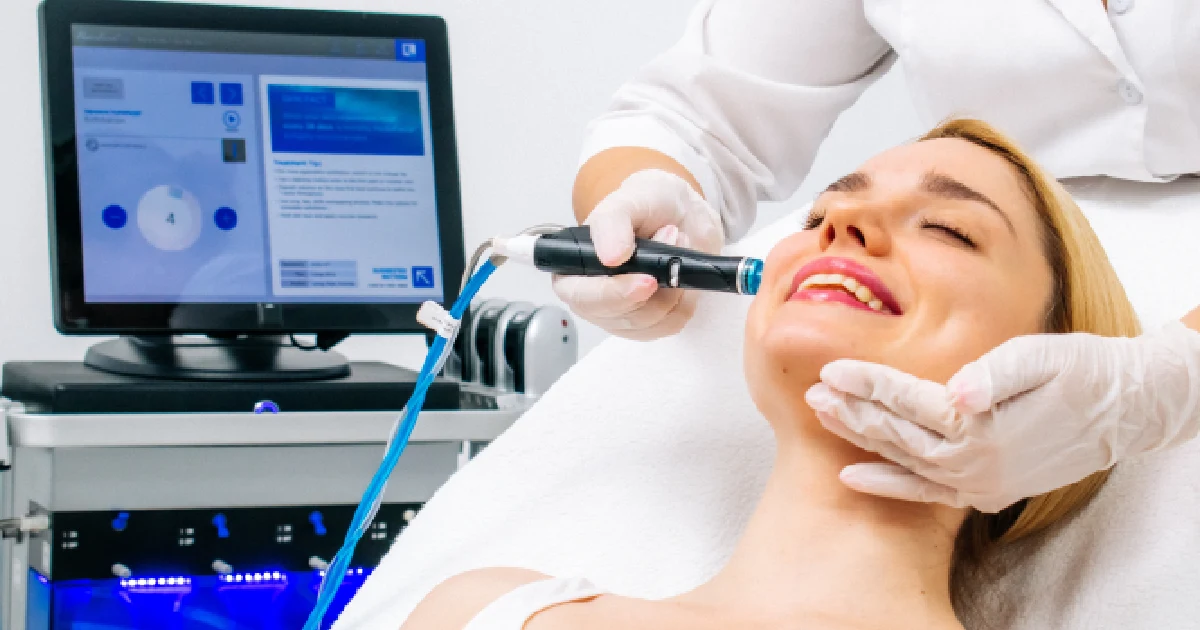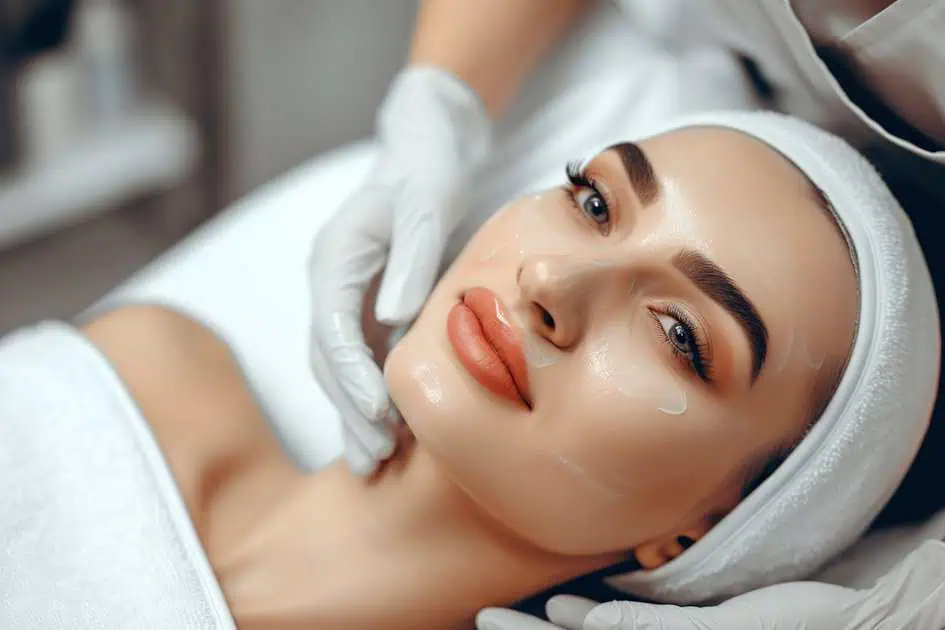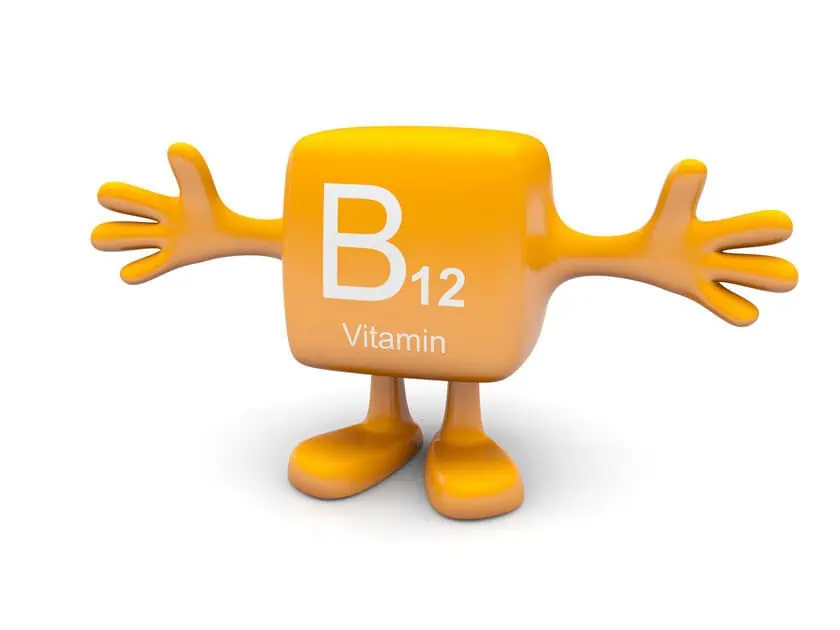Radiofrequency (RF) Microneedling has become a popular choice for those looking to rejuvenate their skin.
This treatment combines traditional microneedling with radiofrequency energy to target deeper layers of the skin, offering benefits such as improved texture, reduced wrinkles, and tighter skin.
But with the growing popularity of RF Microneedling, an important question arises: Is it safe for all skin types?
In this blog post, we’ll explore the ins and outs of RF Microneedling, shedding light on its safety across various skin types and what you need to know before considering this treatment.
What is RF Microneedling?
RF Microneedling is a less invasive cosmetic procedure that enhances the traditional microneedling technique by adding radiofrequency energy.
The treatment involves tiny needles creating micro-injuries in the skin, which triggers the body’s natural healing process and stimulates collagen production. The added RF energy heats the deeper layers of the skin, promoting further collagen remodelling and tightening.
This combination treatment is known for addressing a range of skin conditions, from lines and wrinkles to acne scars and skin laxity. However, the key question remains: How does it interact with different skin types?
How RF Microneedling Works
Before knowing the safety aspects, it’s essential to understand how RF Microneedling works. The treatment’s dual action—mechanical injury from the needles and thermal energy from the RF—targets the skin surface and deeper layers.
Microneedling Component: The needles create controlled micro-injuries, stimulating the skin’s natural healing process. This increases collagen and elastin production, essential for youthful, firm skin.
Radiofrequency Component: The RF energy heats the deeper layers of the skin, promoting collagen remodelling and tightening. This heat also helps to reduce the appearance of scars and wrinkles.
Combining these two elements makes RF Microneedling a powerful treatment for skin rejuvenation. However, the treatment’s effectiveness and safety can vary depending on skin type.
Safety of RF Microneedling for Different Skin Types
Now that we have a basic understanding of RF Microneedling let’s examine its safety for various skin types. GSkin types are generally classified according to the Fitzpatrick scale, which ranges from Type I (very fair) to Type VI (very dark).
RF Microneedling for Fair Skin
Fair skin types, characterized by light pigmentation and a higher sensitivity to sun exposure, generally respond well to RF Microneedling.
The treatment can effectively target fine lines, sun damage, and early signs of aging in these skin types. The risk of post-inflammatory hyperpigmentation (PIH)—a common concern in microneedling—is relatively low in these individuals.
However, those with fair skin need to choose a provider who understands the nuances of this skin type to avoid potential complications, such as prolonged redness or irritation.
RF Microneedling for Medium Skin
Medium skin tones, which tan more easily and are less prone to burning, can also benefit from RF Microneedling. The treatment effectively reduces signs of ageing, improves skin texture, and addresses moderate acne scars.
Individuals with medium skin types may have a slightly higher risk of developing PIH, especially if the treatment is not performed correctly. Choosing a skilled practitioner in Ankeny, IA, who is experienced with RF Microneedling is crucial for minimizing these risks.
RF Microneedling for Dark Skin
Darker skin types are more prone to hyperpigmentation and scarring, raising concerns about RF Microneedling’s safety for these individuals. However, when performed by a knowledgeable provider using the right techniques and settings, RF Microneedling can be safe and effective for dark skin.
The key is to use lower energy settings to minimize the risk of PIH and other complications. Also, post-treatment care, such as sunscreen and skin-soothing products, is essential to ensure the best outcomes.
Benefits of RF Microneedling for All Skin Types
While safety is a top priority, it’s also important to highlight tRF Microneedling’s benefits across different skin types. Here’s how this treatment can enhance the skin of various individuals:
Improved Skin Texture: RF Microneedling can smooth out rough or uneven skin texture, making it ideal for all skin types.
Reduction of Scars and Wrinkles: The treatment effectively minimizes the appearance of acne scars, fine lines, and wrinkles, regardless of skin colour.
Tightening and Firming: The RF component helps tighten and firm the skin, providing a youthful appearance that benefits everyone.
Customizable Treatment: The procedure can work to suit skin types and concerns, making it a versatile option for many individuals.
Potential Risks and Side Effects
As with any cosmetic procedure, there are risks and side effects associated with RF Microneedling. These risks can vary based on skin type, the settings used during treatment, and the provider’s expertise. Common side effects may include:
Redness and Swelling: Temporary redness and swelling are common after the procedure, typically subsiding within a few days.
Bruising: Some people may experience mild bruising, particularly those with fair skin.
Hyperpigmentation: If not properly managed, there is a risk of PIH, especially in individuals with darker skin types.
To minimize these risks, follow pre- and post-treatment care instructions provided by your skincare specialist. is essential
Who Should Avoid RF Microneedling?
While RF Microneedling is generally safe, certain people may need to avoid or postpone the treatment. Those with active acne, open wounds, or certain skin matters like eczema or psoriasis should consult their dermatologist before the procedure. Pregnant or breastfeeding women are also suggested to avoid RF Microneedling.
How to Prepare for Your RF Microneedling Session
Preparing for your RF Microneedling session is crucial for ensuring a safe and effective treatment. Here are some steps to consider:
Consultation: Consult a qualified provider to discuss your skin type, concerns, and treatment goals.
Avoid Sun Exposure: Minimize sun exposure before the treatment to reduce the risk of complications.
Stop Certain Medications: YBefore the procedure, your provider may advise you to stop using certain medications or skincare products, such as retinoids,
Post-Treatment Care Tips
Proper aftercare is essential for achieving the best results and minimizing potential side effects. After your RF Microneedling session, follow these tips:
Use Gentle Skincare Products: Stick to gentle, hydrating products to soothe the skin post-treatment.
Avoid Sun Exposure: Protect your skin from the sun by wearing sunscreen with a high SPF.
Stay Hydrated: Drink plenty of water to support your skin’s healing process.
Final Thoughts
RF Microneedling is a versatile and effective approach that can help you with different skin types. While it is generally safe, understanding the nuances of your skin type and choosing an experienced provider is key to achieving the best results.
If you’re considering RF Microneedling in Ankeny, IA, and want to learn more about how it can enhance your skin, book an appointment at 360 Med Spas today. Let our experienced team guide you through the process, ensuring a safe and satisfying experience tailored to your unique skin needs.
Feel free to have a self-assessment here, too! See you around the clinic!






